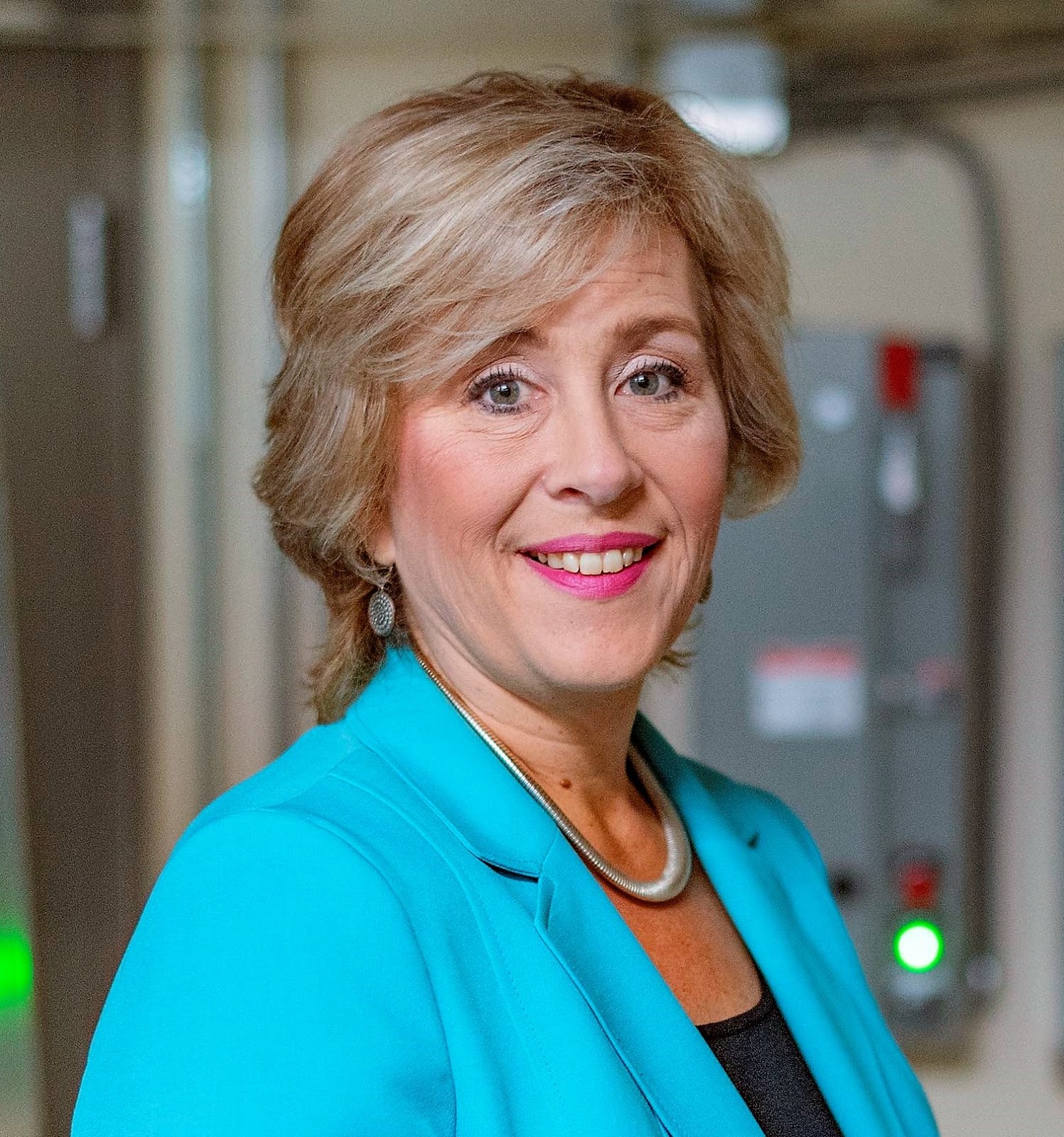|
February 2022
Interview
AutomatedBuildings.com
|
[an error occurred while processing this directive]
(Click
Message to Learn More)
|
EMAIL
INTERVIEW

–
Why Prioritize Smart Women For A Smarter Building Future
Melissa Boutwell, Panelist
President, Automation Strategy & Performance
Chairman, Emerging Technologies Apprenticeship Program
[an error occurred while processing this directive]
Why is it so important to get Smart Women into the Smart Building industry?
Women
are increasingly the decision-making customer. The percentage of women
holding procurement decision-making positions is rising among our Smart
Building end-customer audience.
Consider
these facts: women occupy 24% of decision-making management roles in
facilities. Women occupy 26% of the CFO decision-making spots often the
upstream chain of command for facilities managers. These
important roles drive strategy and priorities influencing Smart
Building decision-making.
This
trend is likely to accelerate with 40% of current midlevel management
positions being held by women who are on track to performing C-Suite
roles in the future.
Plus, there is no shortage of women!
We are holding steady at 50% of the population, building occupants, and workforce.
Women are an important audience for our Smart Buildings industry.
What is the composition of women in our workforce by comparison?
There is a huge gap and a powerful opportunity for our industry.
Only
3 of 100 field technical roles are occupied by women. Often, the
most valuable and influential role is the client-facing field-level
service specialist who communicates directly with the end-customer at
their point of need. This position often influences a luke-warm
vs a raving-fan relationship for the system integration team. On-site
field technical occupations are the most voluminous.
Off-site
technical engineering roles report in with better numbers showing that
11 of 100 jobs are filled by women in these occupations. These
positions impact design and influence procurement planning with the end
customer.
Women
are underrepresented in these key roles across our industry compared to
our end-customer. There is a great opportunity for all of us if
we strengthen these valuable touchpoints across our industry.
Are women choosing “TECH” careers overall?
Today,
women represent 25% of the IT/Computer workforce, 15% of the
engineering workforce, and 27% of the total STEM workforce.
The
most worrisome trend is that fewer women are choosing to work in Tech
or computer science occupations between 1990 and 2020. This
trend will not reverse quickly. Research indicates that 73% of young
women have stated they would not consider a career in technology and
only 3% considered a career in technology as their first
choice.
Even
though research indicates women in Tech careers earn higher average
salaries than women in non-technical occupations, salary is not
influencing career decisions in our direction.
The war of attention begins early and tuning our message to this audience is critical.
Which occupations, if prioritized, can make the most impact on our industry?
Three
occupations offer the most opportunity and evidence of early success.
These occupations include entry-level field specialists, systems
designers, and project specialists.
Our
task is to attract and equip women to enter these occupations and be
successful. There are valuable lessons learned that can help companies
replicate early successes in attracting and developing Smart Women for Smart Building careers.
Moving the needle to fill these persistently vacant positions will make the greatest impact on our industry.
How does hiring more women also help the men of our industry?
The
average age of our experts is 58 years old. There is a lot of
wisdom exiting our industry. We need strong succession planning
today. We needed it 10 years ago.
Solid succession plans are threatened by the tight and volatile labor conditions we face today.
Our
best middle layer experts are “stuck” because they haven’t replaced
themselves and companies are too dependent on them in their current
role. This makes our best people prime targets for recruiters
from other industries who recognize and value our skills.
Strong pipelines of new talent are needed right now!
How do we do that?
How do we get Smart Women into the Smart Building industry today?

Attend our AHR session
Title: Smart Women, Smarter Buildings
When: Tuesday, February 1, 2:00 - 3:00 pm
Where: Room N239
Melissa Boutwell
mboutwell@asp-int.com
footer
[an error occurred while processing this directive]
[Click Banner To Learn More]
[Home Page] [The
Automator] [About] [Subscribe
] [Contact
Us]
